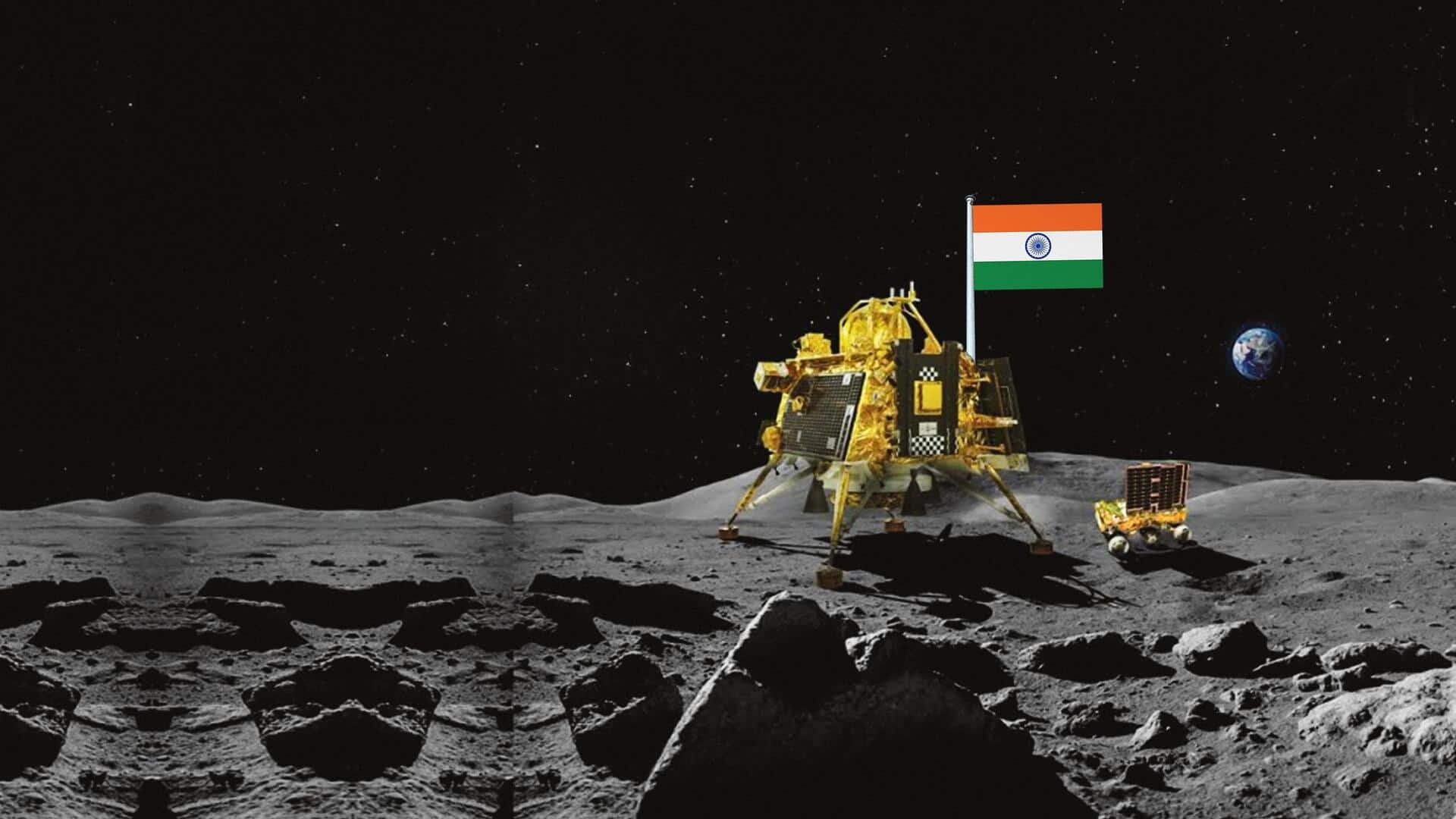
After sulphur and oxygen discovery, Chandrayaan-3 now searching for hydrogen
What's the story
Chandrayaan-3 mission has made a groundbreaking discovery by detecting sulfur at the Moon's south pole, marking the first-ever in-situ measurements of the region's elemental composition. The onboard rover, Pragyan, utilized its Laser-Induced Breakdown Spectroscopy (LIBS) instrument to confirm sulfur's presence, a feat not possible with previous orbiter instruments. On August 23, Chandrayaan-3 made history by becoming the first mission to land near the Moon's south pole. It is now searching for hydrogen in the lunar surface near the south pole.
Details
Pragyan rover uncovers array of lunar elements
In addition to sulfur, Pragyan's preliminary analyses have indicated the presence of aluminum, iron, calcium, chromium, titanium, manganese, silicon, and oxygen. These findings offer valuable insights into the unexplored lunar south pole region. "Thorough investigation regarding the presence of hydrogen is underway," said ISRO in a press release. The search for frozen water is crucial for future space missions, as it could potentially provide breathable oxygen for lunar bases and ingredients for rocket fuel to send missions to Mars.
What Next?
Laser tool hunts for frozen water on Moon
Over the next two weeks, Pragyan will use its Laser-Induced Breakdown Spectroscopy (LIBS) instrument to hunt for signs of frozen water while studying the atmosphere and the south pole's composition. The LIBS tool plays a vital role in detecting elements on the Moon's surface. It works by firing intense lasers at the lunar surface, generating hot plasma. Researchers can then study the light emitted from the plasma to identify the wavelengths of different particles in that specific lunar area.
Insights
Groundbreaking findings propel lunar exploration forward
This significant discovery by the Chandrayaan-3 mission marks a milestone in lunar exploration and paves the way for future research and potential utilization of resources on the Moon. As the Pragyan rover continues its mission, we eagerly await further findings and insights into the lunar south pole's composition and potential resources.